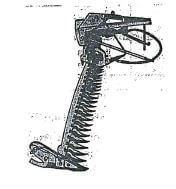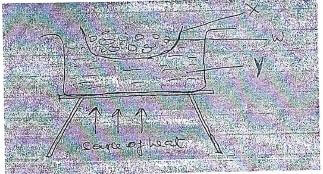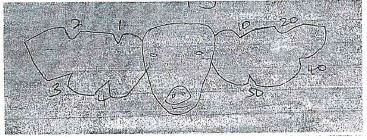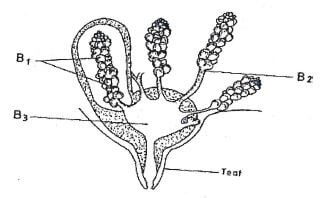Agriculture Trial Exams Paper 2 Questions - Alliance Boys High School Mock December 2020
Get the complete Agriculture Trial Exams Paper 2 Questions - Alliance Boys High School Mock December 2020 PDF on WhatsApp by tapping on the button
Instruction to Candidates
- Write your name and index number in the space provided at the top of this page.
- Sign and write the date of the examination in the space provided above.
- C) This paper consist of three section A, B. and c.
- Answer all questions in section A and B.
- Answer any two questions in section c.
- Answers should be written in the space provided,
- Candidates should check the question paper to ascertain that all pages are printed as indicated and that no questions are missing.
- Candidates should answer the question in English.
FOR EXAMINER'S USE ONLY
| SECTION | QUESTION | MAXIMUM SCORE | CANDIDATES SCORE |
| A | 1-16 | 30 | |
| B | 17-20 | 20 | |
| C | 20 | ||
| 20 | |||
| TOTAL SCORE | 90 |
QUESTIONS
SECTION A 30MRKS
Answer all the questions in this sections in the spaces provided
- Name the most appropriate tools used in the following operations
- Removing metal chippings in file (1 mrk)
- Cutting wood along grains (1mrk)
- Branding (1 mrks)
- State four characteristic of Boran cattle (2mrks)
- State two functions of a useful bacteria in livestock production (1mrk)
- Name four function of lipid in an animal body (2mrks)
- State two ways of reducing friction in moving part of farm tool (1 mrk)
- Outline four types of fence that can be used in mixed farm (2mrks)
- Name three methods of out breeding in livestock production (1 1/2 marks)
- Give two reasons for tailing in sheep production (1mrk)
- Name any five internal parts of cow's udder (21/2 marks)
- Give five ways of transmitting livestock diseases (21/2 marks)
- Give four features of improved grain (2mrks)
- Give three types of calving complications (1mrks)
- State four advantages of zero grazing as a grazing system (2mrks)
- State two functions of a queen bee in a colony (1mrk)
- Name four symptoms of anaplasmasis in livestock (2mrks)
- What do you understand by the following terms as used I animal production
- Coponisation (1mrk)
- Bullock (1mrk)
- Epistasis (1mrk)
SECTION B (20Mrks)
Answer all the questions in the spaces provided
- Study the diagram below and answer questions the questions that follow.

- Identify the implement illustrated in the diagram (1mk)
- What is the method of power transmission for operating implements? (1mk)
- State the use of the implement (1mk)
- Give two maintenance practices for implement A. (2mks)
- Below is an illustration of a method of extracting honey from combs.Study the diagram and answer the question that follow.

- Indentify the above method of extracting honey (1mrk)
- Give a reason why container x should not be heated directly (1mrk)
- Name the parts labeled w and y (2mrks)
- Besides the above method ,State one other method of extracting honey .(1mrk)
- The diagram below shows a certain practice carried out on pig

- Identify the practice illustrated above (1mrk)
- Draw another illustration depicting pig number 37 (1mrk)
- Name the tool used to carry out the practice illustrated above (1mrk)
- State two other method of indentifying piglet (2mrks)
- The diagram below shows a cross-section of an udder. Study it and answer the questions that follow.

- Identify the parts labeled B1,B2 and B3 (3marks)
- BI.............
- B2.............
- B3.............
- Give one function of the labeled B1 (1mk)
- Name the hormone responsible for milk let-down. (1mk)
- Identify the parts labeled B1,B2 and B3 (3marks)
SECTIONC
Answer any two questions in the space provided
-
- Outline management practice carried out in a fish pond to ensure maximum harvest of fish (7mrlk)
- Discuss the importance of farm mechanization (6mrks)
- Discuss the short term maintenance practices carried out on a tractor (7 marks)
-
- Explain the feature of a piggery unit (10mrks)
- Explain the factor that influence the work output of a draught animal (10mrks)
-
- Outline various method of controlling ticks (10 marks)
- Describe the management of growers up to the point of lay (10mrks)